
How to Start a Blog and Monetize It for Extra Income
ebook include PDF & Audio bundle (Micro Guide)
$12.99$5.99
Limited Time Offer! Order within the next:

Blogging has become an incredibly popular way to share ideas, express creativity, and even generate extra income. Whether you're passionate about writing, sharing knowledge, or promoting a cause, a blog can be an effective platform. However, the process of starting a blog and turning it into a profitable venture requires more than just good content---it requires strategy, patience, and a well-thought-out approach.
In this actionable guide, we will walk you through the steps of starting a blog from scratch, growing an audience, and monetizing it to create a source of passive income. Whether you want to start a blog as a hobby or transform it into a full-fledged business, this guide will help you set the foundation for success.
Choose Your Niche
The first and most important step in starting a blog is selecting the right niche. A niche is a specific topic or industry you will focus on. Picking a niche that aligns with your interests, expertise, and audience demand is crucial for long-term success. Here's how to choose a niche:
a. Identify Your Passion and Interests
Your blog will require a significant amount of time and effort, so it's important to choose a niche that excites you. Consider topics you are genuinely passionate about, whether it's cooking, technology, personal finance, fitness, travel, or any other area of interest.
b. Assess Market Demand
While it's essential to follow your passion, it's equally important to ensure that there's an audience for your chosen niche. You want to choose a topic that people are actively searching for and willing to engage with. Use tools like Google Trends and Keyword Planner to identify popular search terms in your niche.
c. Analyze Competition
Before settling on a niche, look at the existing blogs in your area of interest. Is the market saturated with high-quality content, or is there room for a fresh voice? You want to find a balance between a topic that has demand and one that doesn't have overwhelming competition.
d. Narrow Down Your Focus
Once you've picked your broader niche, consider narrowing it down further to focus on a specific sub-niche. For example, if you're interested in fitness, you could focus on a specific target audience, such as fitness for busy moms, home workouts, or mental health and fitness. The more specific your niche, the easier it will be to attract a loyal audience.
Set Up Your Blog
Once you've decided on a niche, it's time to set up your blog. Setting up a blog requires several steps, including choosing a blogging platform, domain name, hosting, and designing the site. Let's break down each step:
a. Choose a Blogging Platform
There are several blogging platforms available, but WordPress is by far the most popular and flexible one for serious bloggers. WordPress offers both free and self-hosted options, but the self-hosted version (WordPress.org) is recommended for those looking to monetize their blog, as it gives you full control over customization and monetization.
Other blogging platforms to consider include:
- Blogger (owned by Google): A simple platform with basic functionality.
- Wix: A drag-and-drop website builder that's user-friendly but less customizable than WordPress.
- Squarespace: Known for its stunning design templates, Squarespace is a good choice for creative bloggers.
b. Pick a Domain Name and Hosting
Your domain name is the URL where your blog will live on the internet. Choose a domain name that is memorable, short, and relevant to your niche. Some tools like Namecheap and GoDaddy allow you to purchase domain names for relatively low prices.
For hosting, consider reputable hosting providers like:
- Bluehost: Officially recommended by WordPress, Bluehost offers reliable hosting with great customer support.
- SiteGround: Known for excellent performance and customer service.
- HostGator: A more affordable option with a range of hosting plans.
When setting up your blog, it's essential to have both a domain and hosting plan. Many hosting providers, such as Bluehost, offer a free domain for the first year as part of their hosting packages.
c. Install WordPress
After purchasing hosting and a domain, the next step is installing WordPress. Most hosting providers offer one-click WordPress installations, making this step easy. Once installed, you can access your WordPress dashboard and begin customizing your blog.
d. Design Your Blog
The design of your blog is crucial for user experience and brand identity. Choose a clean, responsive WordPress theme that is mobile-friendly and matches the style of your niche. Some great free themes to start with include Astra and OceanWP. For more customization options, you can also invest in premium themes.
You can enhance your blog's functionality by installing essential WordPress plugins such as:
- Yoast SEO: Helps optimize your blog for search engines.
- WPForms: Adds contact forms to your blog.
- Akismet Anti-Spam: Protects your blog from spam comments.
- Jetpack: Adds security, performance, and design features.
Create High-Quality Content
With your blog set up, the next step is to start creating content. Content is king in the blogging world, and creating high-quality, engaging posts is crucial to attracting and retaining readers. Here are some tips for content creation:
a. Write for Your Audience
Understand the needs and interests of your target audience. What questions do they have? What problems can you solve for them? Write content that is informative, helpful, and valuable to your audience.
b. Consistency is Key
Consistency is crucial in building a blog audience. Post regularly and develop a content calendar to stay organized. Whether you post once a week or multiple times a week, consistency builds trust and loyalty.
c. Optimize for SEO
To attract organic traffic from search engines, optimize your content for SEO (Search Engine Optimization). This includes using keywords strategically, creating compelling meta descriptions, optimizing images, and using internal and external links.
d. Craft Engaging Headlines
Your blog post title is the first thing readers see. Make sure your headlines are compelling and encourage clicks. Use power words, numbers, and specific phrases to grab attention.
e. Include Visuals
Incorporate high-quality images, videos, infographics, and charts into your posts to make them visually appealing and engaging. Tools like Canva and Unsplash offer free resources for creating visuals.
Grow Your Blog Audience
Now that you've started publishing content, it's time to grow your audience. Without an audience, monetizing your blog is nearly impossible. Here's how you can attract more readers:
a. Promote Your Blog on Social Media
Social media platforms like Facebook, Twitter, Instagram, Pinterest, and LinkedIn can help you promote your content and connect with potential readers. Share your blog posts on these platforms and engage with your followers to build a community.
b. Build an Email List
An email list allows you to communicate directly with your audience and drive traffic back to your blog. Offer a free resource (like an eBook or checklist) in exchange for visitors' email addresses. Tools like Mailchimp and ConvertKit make it easy to create and manage email campaigns.
c. Network with Other Bloggers
Networking with other bloggers in your niche can help you gain exposure and grow your audience. Participate in collaborations, guest posting, or joint ventures to reach new readers. Commenting on other blogs and joining niche-specific forums also helps you build relationships and visibility.
d. Invest in Paid Traffic
If you want to speed up the growth process, you can use paid advertising to drive traffic to your blog. Platforms like Google Ads , Facebook Ads , and Pinterest Ads can help you reach a larger audience quickly, though this approach requires careful budgeting.
Monetize Your Blog
Once you've built an audience, it's time to start monetizing your blog. There are several ways to earn money from blogging, and the right method for you depends on your niche, audience, and content.
a. Affiliate Marketing
Affiliate marketing is one of the most popular ways to make money from a blog. By promoting products or services on your blog, you earn a commission when someone makes a purchase through your affiliate link. Join affiliate programs like Amazon Associates , ShareASale , or CJ Affiliate to find products relevant to your niche.
b. Display Ads
You can also monetize your blog by displaying ads through networks like Google AdSense. When visitors click on ads or view them, you earn a small revenue. While this method can be lucrative, it works best when you have a steady flow of traffic.
c. Sponsored Posts
Sponsored posts are when companies pay you to write content that promotes their product or service. Once you've built a solid readership, brands in your niche may approach you for sponsored content opportunities.
d. Sell Your Own Products or Services
If you have your own products, services, or digital goods (eBooks, online courses, printables, etc.), you can sell them directly on your blog. Platforms like Shopify and WooCommerce can integrate an online store into your WordPress site.
e. Memberships or Subscriptions
Another way to monetize your blog is by offering exclusive content behind a paywall. You can charge readers a monthly or yearly fee to access premium content or receive special benefits.
Conclusion
Starting a blog and monetizing it for extra income is a journey that requires dedication, strategy, and time. By choosing the right niche, creating high-quality content, growing your audience, and utilizing various monetization strategies, you can turn your blog into a profitable side income or even a full-time business. While it may take time to build momentum, the key is consistency and focusing on providing value to your audience. Happy blogging!
Reading More From Our Other Websites
- [Home Security 101] How to Keep Your Home Safe During Vacation or Long Absences
- [Screen Printing Tip 101] Best Safety Protocols for Handling Solvent‑Based Inks in Small Workshops
- [Home Space Saving 101] How to Create a Multi-Functional Living Room in a Small Apartment
- [Home Lighting 101] How to Combine Table Lamps with Motion-Sensor Lights for Outdoor Spaces
- [Gardening 101] Maximizing Small Spaces: Compact Garden Seating Tips
- [Organization Tip 101] How to Utilize Aromatherapy to Enhance Your Space
- [Home Holiday Decoration 101] How to Decorate Your Christmas Mantel for a Cozy Holiday Look
- [Home Budget Decorating 101] How to Use Spray Paint to Create Faux Metal Decor Items on a Budget
- [Trail Running Tip 101] First Steps on the Trail: A Beginner's Guide to Safe and Fun Runs
- [Home Soundproofing 101] How to Soundproof Your Home Against Outside Traffic Noise
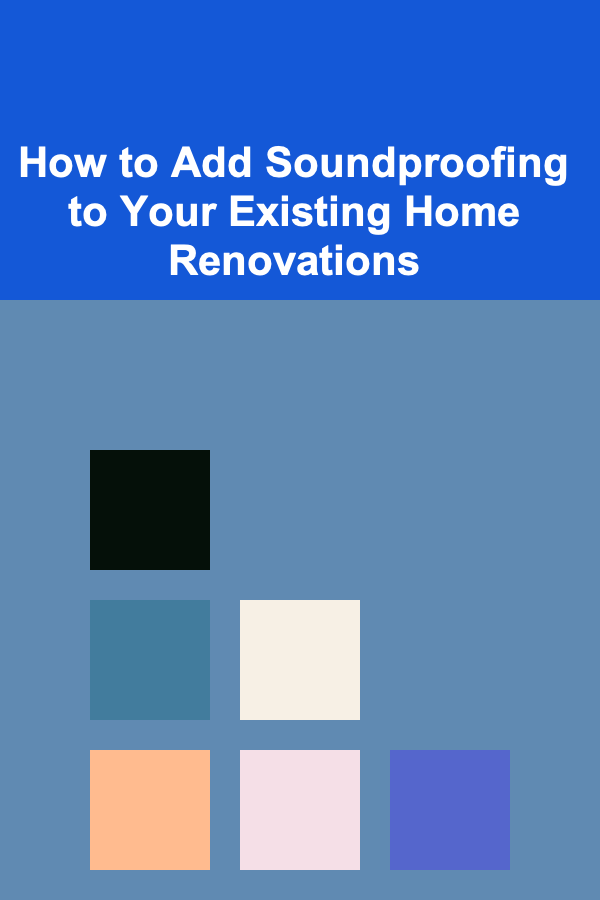
How to Add Soundproofing to Your Existing Home Renovations
Read More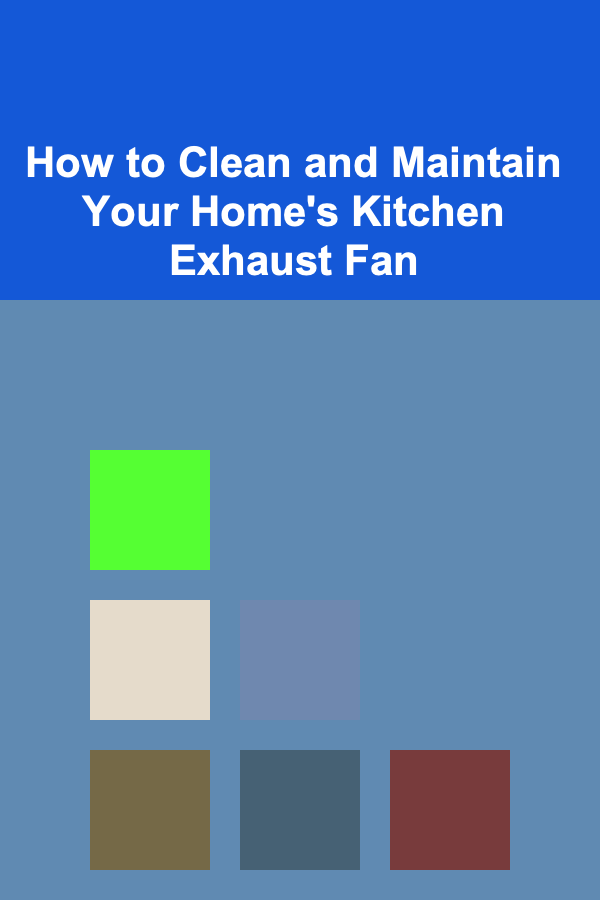
How to Clean and Maintain Your Home's Kitchen Exhaust Fan
Read More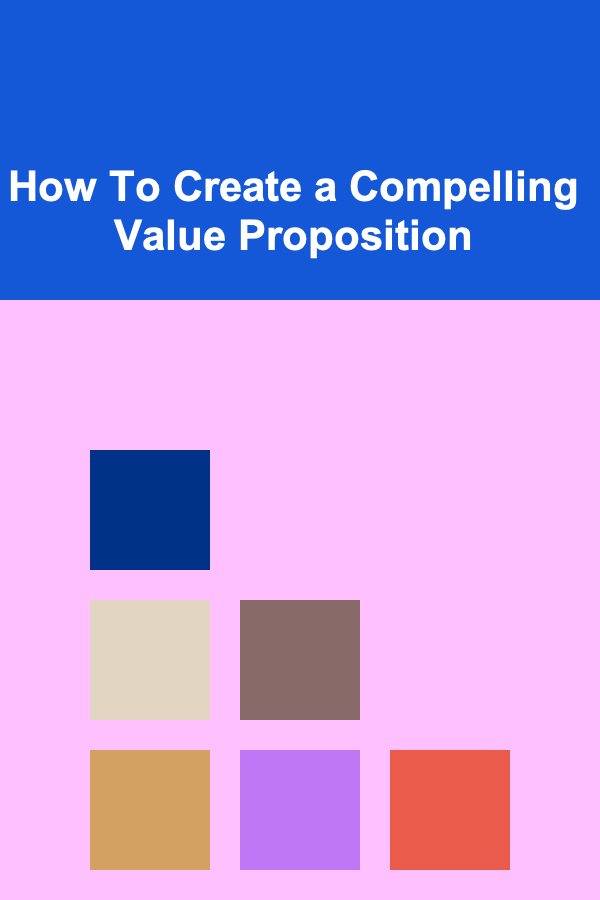
How To Create a Compelling Value Proposition
Read More
How to Find the Best Short Term House Rentals for Your Needs
Read More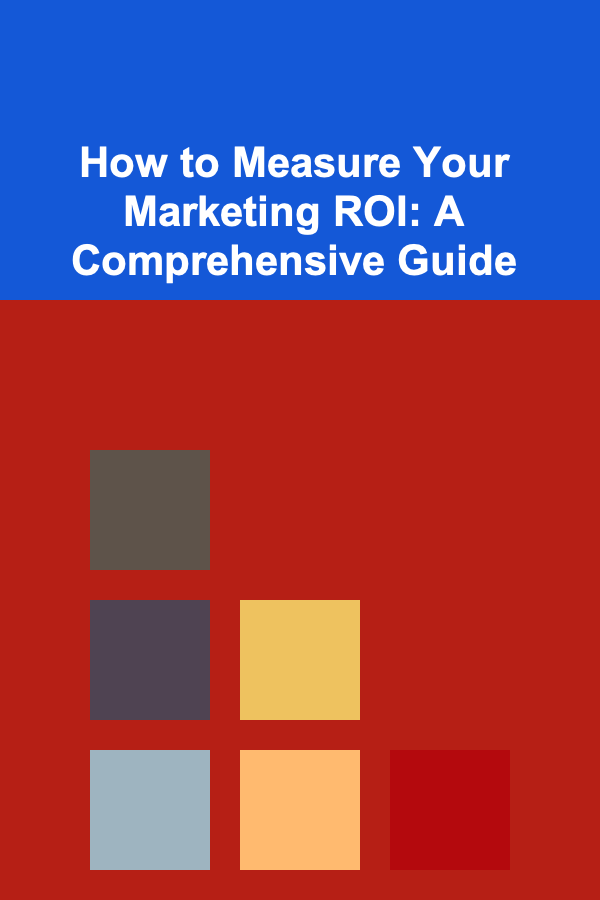
How to Measure Your Marketing ROI: A Comprehensive Guide
Read More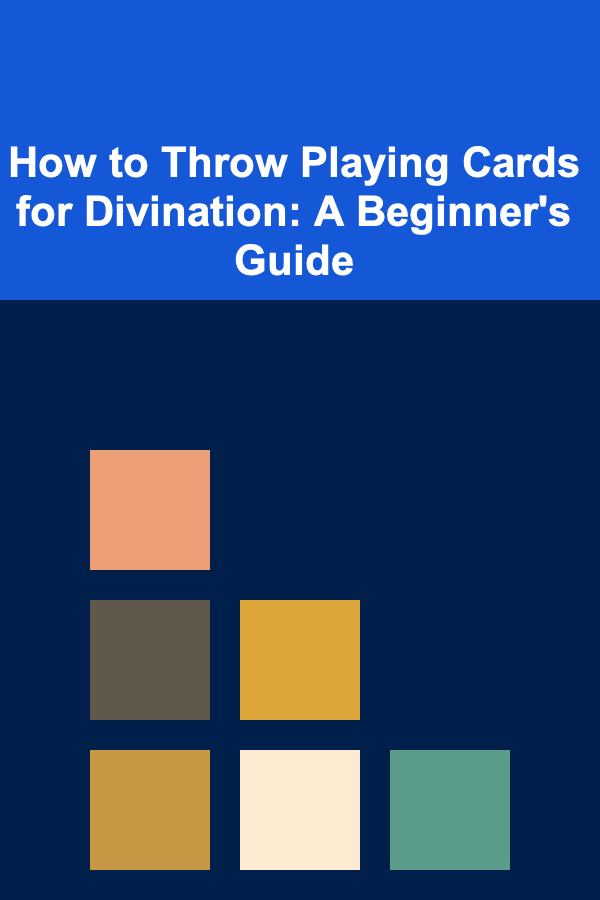
How to Throw Playing Cards for Divination: A Beginner's Guide
Read MoreOther Products

How to Add Soundproofing to Your Existing Home Renovations
Read More
How to Clean and Maintain Your Home's Kitchen Exhaust Fan
Read More
How To Create a Compelling Value Proposition
Read More
How to Find the Best Short Term House Rentals for Your Needs
Read More
How to Measure Your Marketing ROI: A Comprehensive Guide
Read More